TBC STANDS WITH THE BLACK COMMUNITY

As a Jesuit educational establishment founded on the premise of multicultural engagement and bringing people together – regardless of ethnicity or race – all of us here at TBC are deeply saddened by the injustice against the Black community. While the whole world is going through an extremely challenging time with the pandemic, a heightened level of support and peace is necessary, yet the ongoing problem of racial disparity has added to an already blazing fire.
THE 410TH ANNIVERSARY OF MATTEO RICCI’S DEATH
Four hundred and ten years ago on May 11, 1610, the world lost a leading facilitator in the development of intercultural communication, and in turn, solidified his reputation and legacy as the founder of cultural exchange between China and the West. Italian Jesuit missionary, Matteo Ricci (1552-1610), broke the ideological barriers between China and the West through equality and friendship.
GOLDEN WEEK IN THE GOLDEN COUNTRIES OF LAOS AND THAILAND
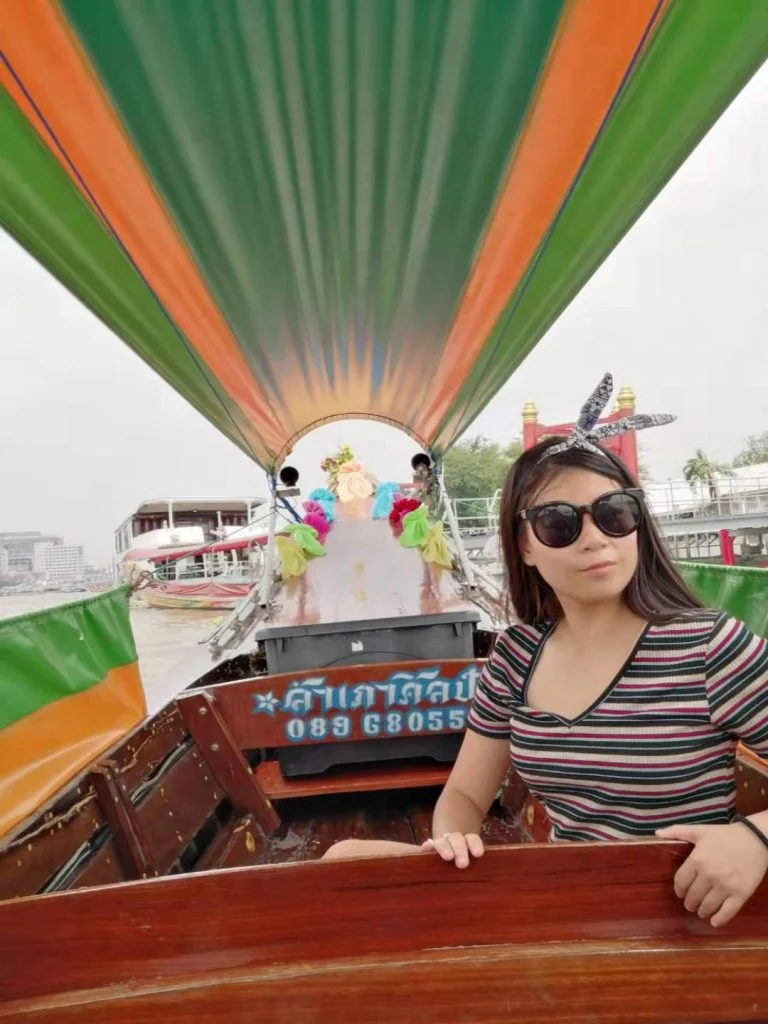
After embarking on the Silk Road, going on a trip consisting of living out of your backpack, eating street food, and always being on the move, I knew this is how I wanted my Golden Week to pan out. As the semester hurled its way closer to Fall Break, me and a few others came to the same conclusion: we wanted to travel as far and as efficiently as we could. So, on September 26, four of my good friends and I took a short Didi to the Beijing Airport and began our adventure backpacking through beautiful Laos and Thailand.
ANTONIO SPADARO: SEEKING HARMONY IN A GLOBAL AGE
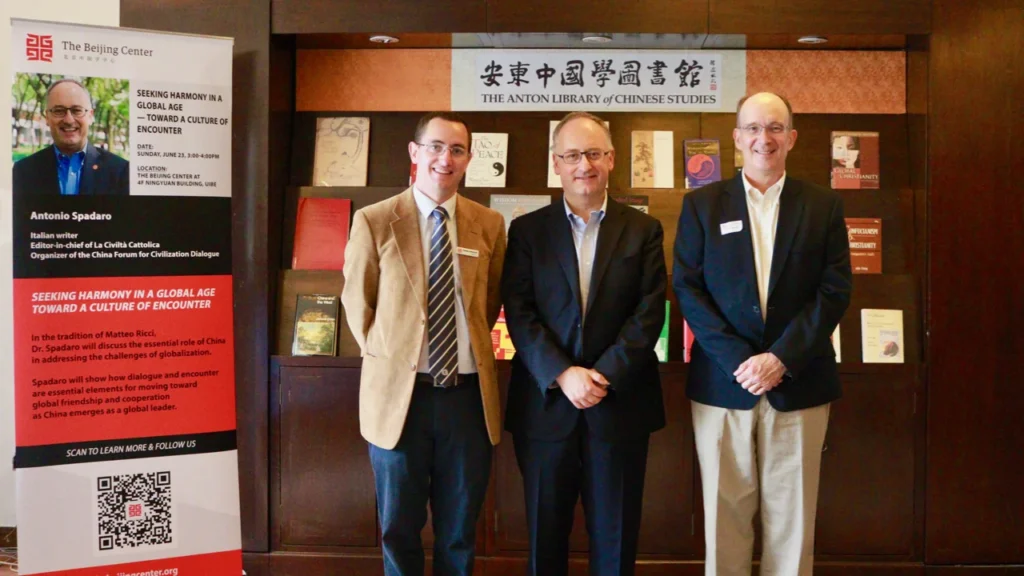
Last Sunday (June 23) The Beijing Center (TBC) hosted Dr. Antonio Spadaro, SJ, an Italian writer and Editor-in-chief of La Civiltà Cattolica and organizer of the China Forum for Civilization Dialogue, to discuss how dialogue and encounter are essential elements for moving toward global friendship and cooperation as China emerges as a global leader.
MATTEO RICCI’S TOMB VISIT
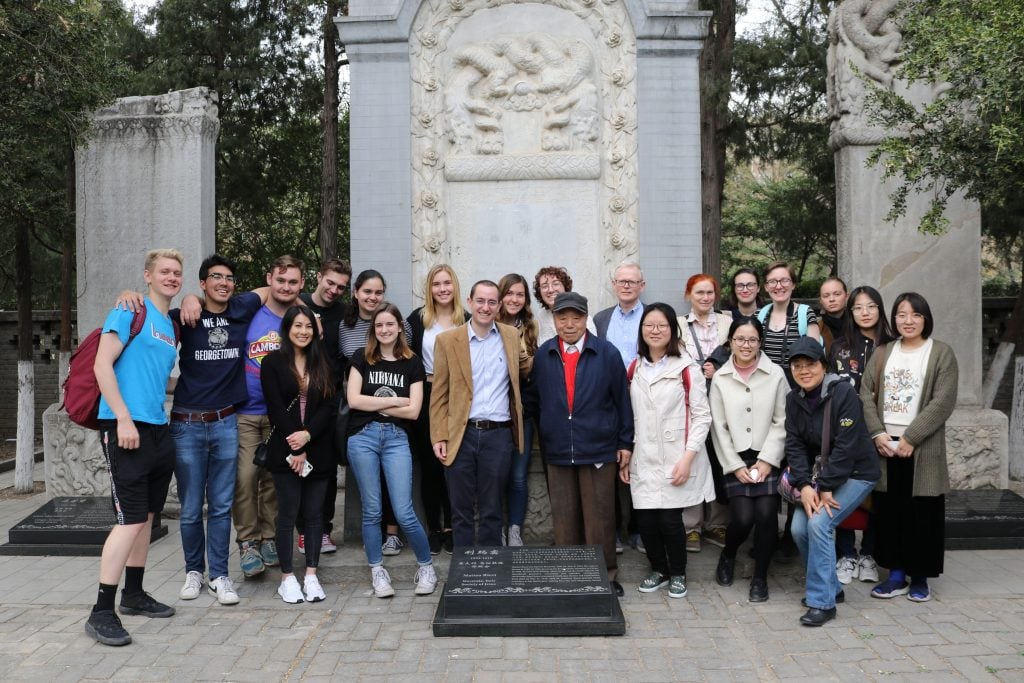
Some Ricci scholar students and a theology-religions class at TBC visited Matteo Ricci’s tomb in Zhalan Cemetery. The cemetery is located in the heart of Beijing on the Haidan district side, in the “backyard” of a Communist Party school. It was a bit strange in the beginning to think about why and how did Matteo Ricci and a few others ended up in a cemetery on a school’s campus, but the history that lies within the tombs are unique and interesting to why it is where it is. The students had an amazing tour guide that gave us the background and history of why Matteo Ricci is so important to China.
MATTEO RICCI: LETTERS FROM CHINA
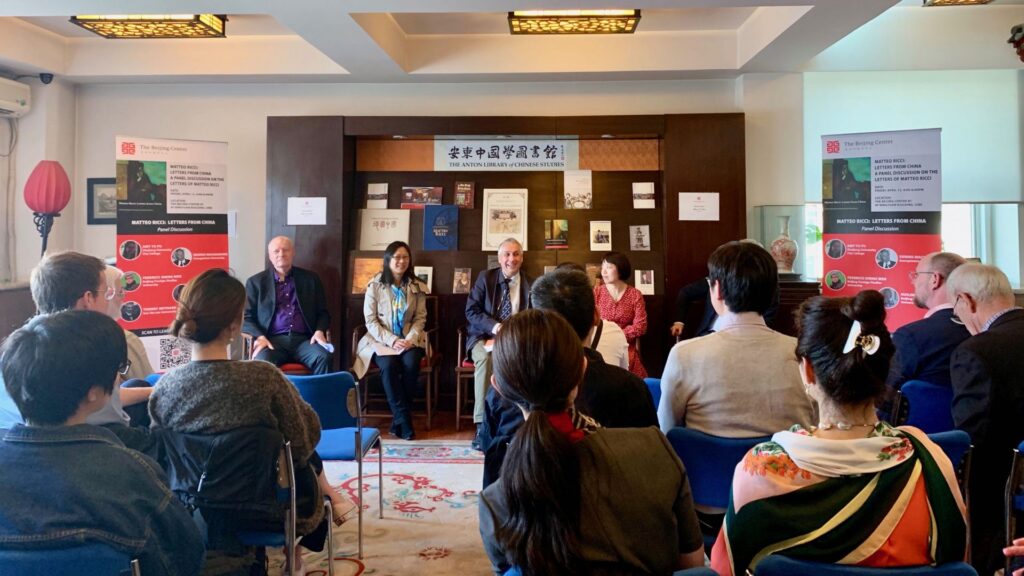
Last Friday (April 12) TBC hosted a panel discussion on the letters of Matteo Ricci (1552-1610) in association with the release of a new publication from The Beijing Center Press. Scholars from East and West assembled in the Anton Library with more than 40 in attendance. Moderated by Professor Thierry Meynard from Sun Yat-Sen University, the panelists explored how Ricci can teach and inspire engagement and dialogue in relations between China and other societies today. The panel considered a variety of subjects and examined the implications of Ricci’s letters for cross-cultural dialogue.
UIBE SPRING CULTURAL FAIR 2017
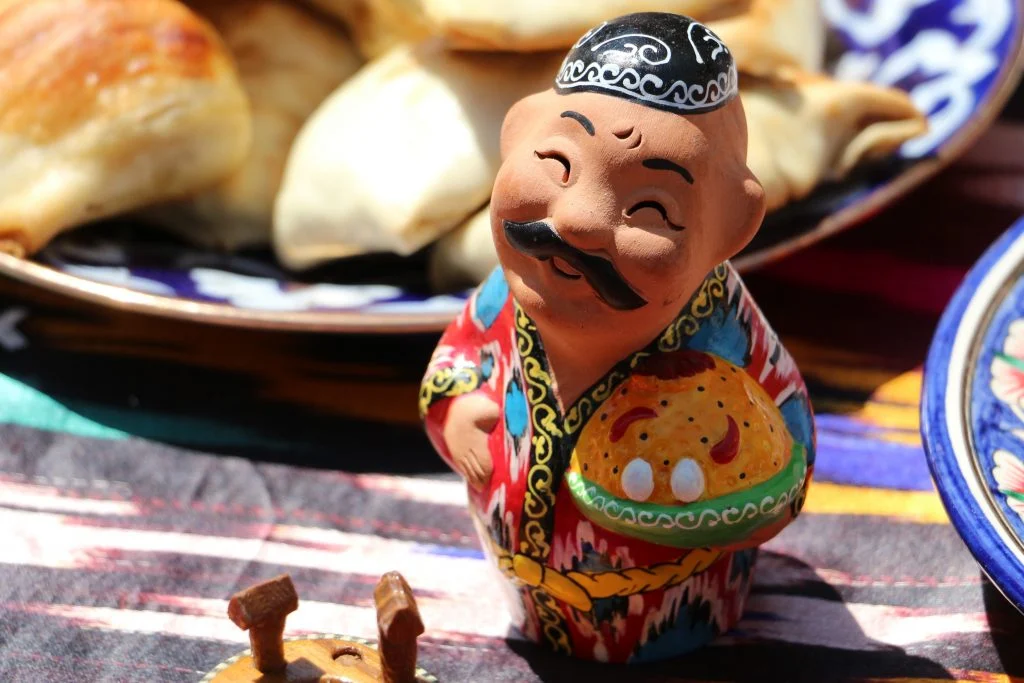
“Where are you from? I love your outfit! May I take a photo with you?” Chinese students prodded me in the crowds while I laughed – I wore nothing special. Only my hijab.
CELEBRATING QINGMING JIE AT MATTEO RICCI’S TOMB!
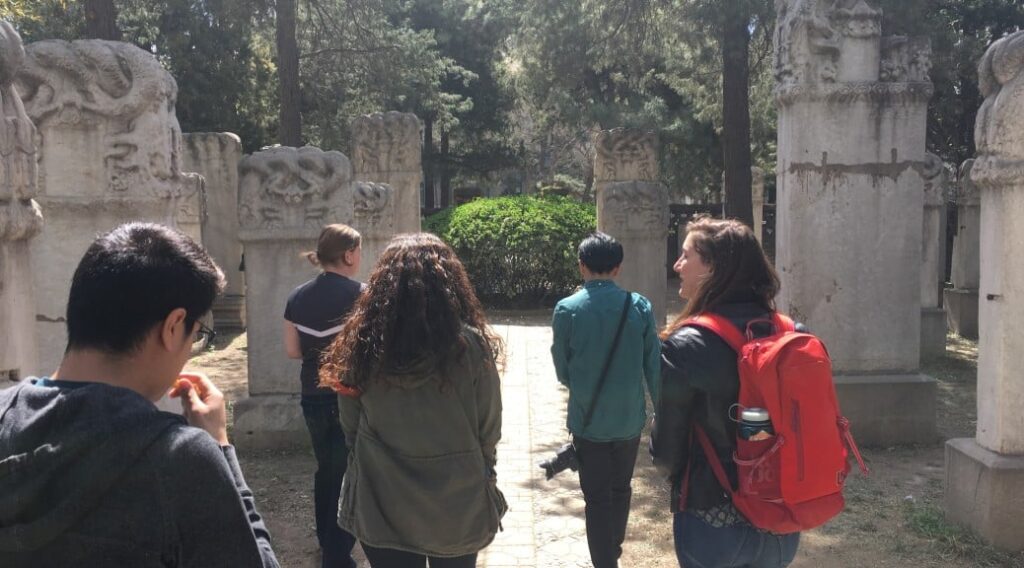
Although to the best of my knowledge none of this year’s Ricci class has any actual ancestors buried in China, we did visit something of an honorary ancestor: Matteo Ricci. Over the last year we’ve traced his life, voyaging from Rome to Beijing, seeking fame, fortune and adventure (or at least successful research projects). Thus, it was fitting that we should pay our respects at his grave in Beijing over the Tomb Sweeping Day (清明节, Qingming Jie) weekend.
EMPEROR QIN’S TERRA COTTA ARMY (秦陵兵马俑)
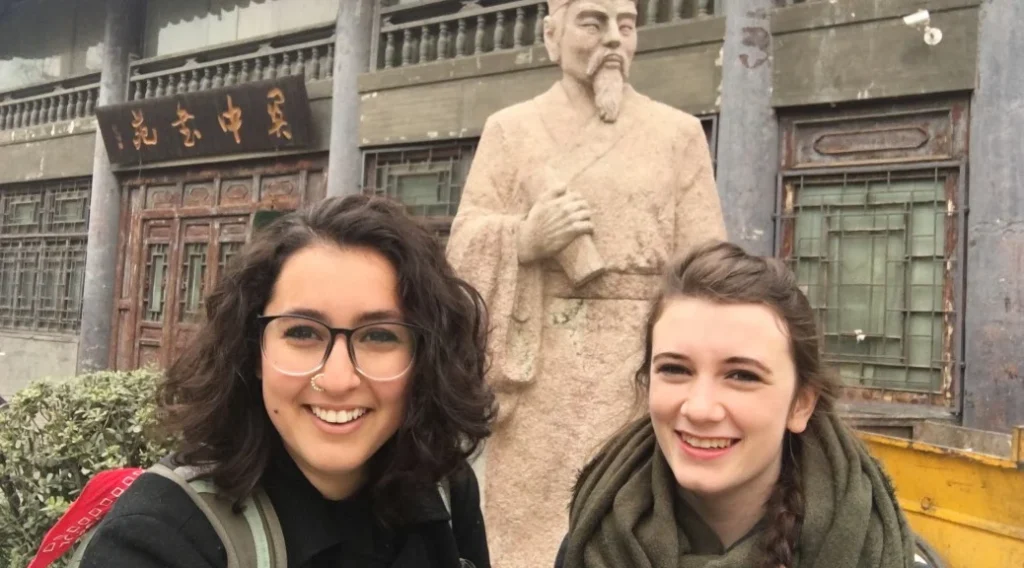
For many years now, I have been building up a bucket list. Learn Spanish, Chinese, Japanese, Italian, Gaelic, Portuguese, etc. Go to every Disney Park in the world. See the Leaning Tower of Pisa. Eat at restaurant in France that has three Michelin Stars. The list keeps growing with each passing day and I wonder if I will ever complete it; however, just recently, I checked a big one off that list on my trip to Xi’An (西安): I saw Emperor Qin’s Terra Cotta Army (秦陵兵马俑).
PODCAST: A SPOTLIGHT ON THE BEIJING CENTER, WITH JIM CAIME ON LIMITLESS LAOWAI
“The way of looking at the world can be so different, and there isn’t one right way. There is a beauty in the other, and there is a beauty in the Chinese way of approaching life.” – Jim Caime
CHINESE NEW YEAR: YEAR OF THE MONKEY
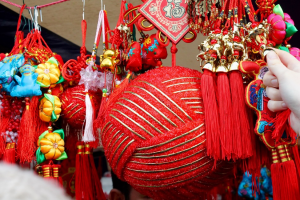
2016 is the year of the monkey and London held quite a celebration for this Chinese New Year. People of all ages and backgrounds were in attendance and it was exciting to experience the largest Chinese New Year celebration outside of Asia. With events being held in Trafalgar Square and nearby China Town there was an abundance of things to see and do, as people rang in the new year.
